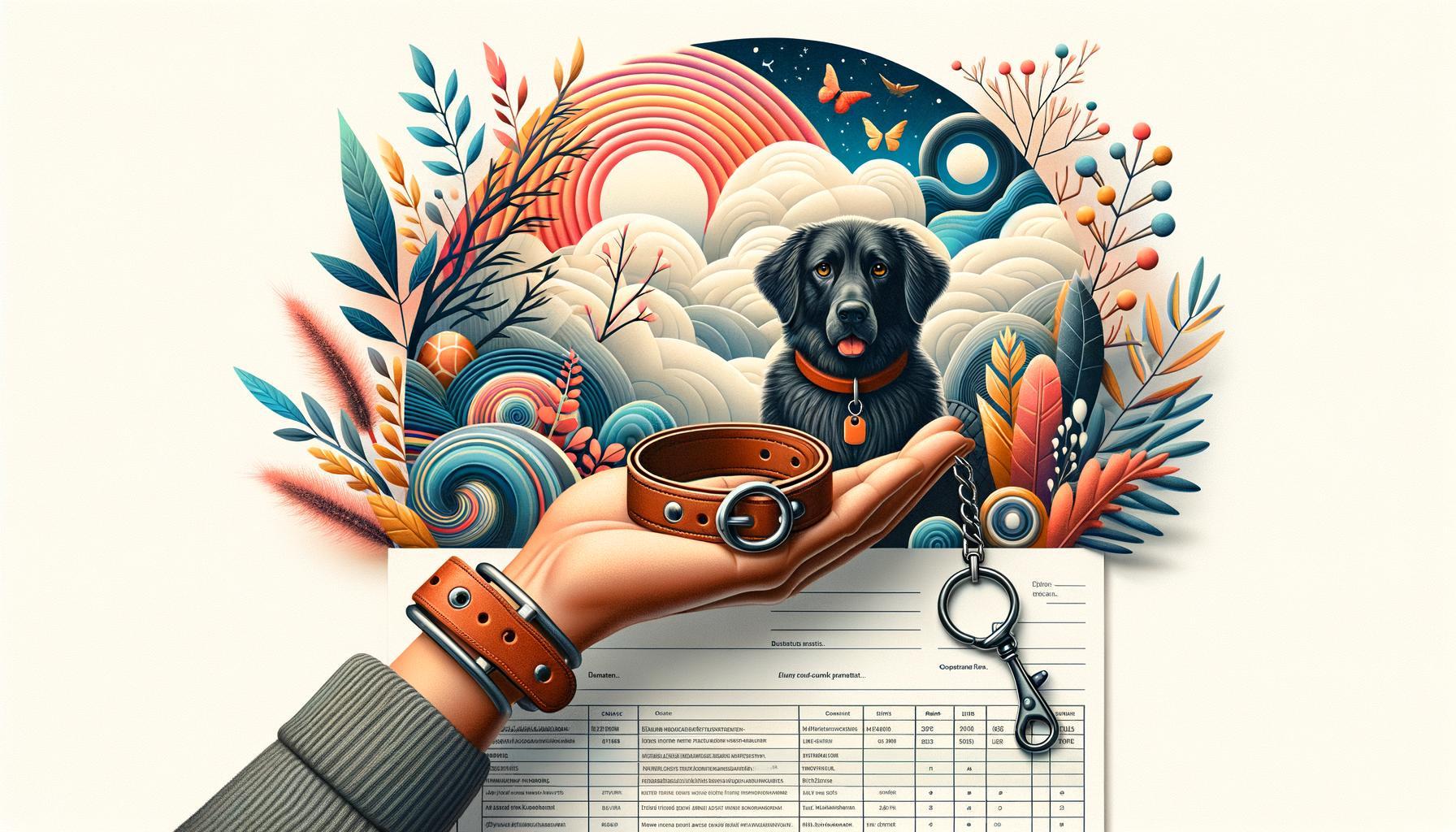Table of Contents
- Understanding the Legal Framework for Emotional Support Animal Letters
- Essential Components of a Valid ESA Letter
- Selecting the Right Mental Health Professional for Your Needs
- Tips for Effectively Communicating With Your Therapist
- Ensuring Continued Legitimacy and Compliance
- To Conclude
Understanding the Legal Framework for Emotional Support Animal Letters
It’s crucial to navigate the intricate legal landscape surrounding Emotional Support Animal (ESA) letters. These letters should comply with the Fair Housing Act (FHA) and the Air Carrier Access Act (ACAA). Specifically, the FHA allows tenants to live with their ESA without being subjected to pet fees or restrictions, while the ACAA lets travelers fly with their ESA without additional charges. To ensure compliance, the letter must be authored by a licensed mental health professional and must include details such as the professional’s license type, date, and jurisdiction.
- Professional Credentials: The letter must identify the mental health professional, including their license type and number, and their specialty.
- Patient-Provider Relationship: The letter should confirm that there is a legitimate therapeutic relationship between you and the provider.
- Emotional Support Need: A statement explaining why the ESA is necessary for your mental health treatment plan.
| Element | Requirement |
| Professional’s Info | Name, license type, date, and jurisdiction |
| Therapeutic Relationship | Confirmation of legitimate care |
| Support Justification | Explanation of emotional support need |
Essential Components of a Valid ESA Letter
To ensure your emotional support animal (ESA) letter is proper and effective, it must include several **key components**. First and foremost, **personal details** such as your name, the date, and the name of your ESA need to be clearly stated. Make sure the letter is on the mental health professional’s official letterhead, reflecting their credentials including their **license number** and **contact information**. This establishes the authenticity and credibility of the document.
Additionally, the letter should succinctly describe your **mental health diagnosis** and explain how your ESA provides therapeutic benefits that alleviate symptoms of your condition. Ensure that it explicitly notes that you are under the **care of a licensed mental health professional** and that your ESA is part of your treatment plan. Here’s a brief overview of what should be included:
- Professional’s Letterhead: Official letterhead with professional’s details
- Patient’s Information: Full name and details of the patient and ESA
- Therapeutic Need: Explanation of how the ESA helps in treatment
- Professional’s Signature: Signature, date, and license number of the mental health professional
For a clearer understanding, refer to the table below for the essential components:
| Component | Details |
|---|---|
| Letterhead | Professional’s official letterhead |
| Personal Info | Name, date, ESA’s name |
| Diagnosis | Mental health condition |
| Treatment Explanation | How ESA helps in treatment |
| Signature | Professional’s signature and license number |
Selecting the Right Mental Health Professional for Your Needs
Finding a mental health professional who resonates with your specific needs can be a transformative step toward obtaining an emotional support animal (ESA) letter. Begin by identifying what type of professional aligns with your mental health concerns. You might consider:
- Psychiatrists - Medical doctors who can diagnose and treat mental health disorders, and prescribe medication.
- Psychologists – Professionals who provide therapy for a wide range of mental health issues through non-pharmaceutical methods.
- Counselors - Specialists who support emotional and mental well-being, often focusing on specific life challenges.
Beyond their credentials, the connection you feel with a mental health professional is paramount. Ask about their experiences with ESAs and inquire whether they have facilitated ESA letters previously. Here’s a quick comparison to help you decide:
| Professional | Focus | ESA Letter Experience |
|---|---|---|
| Psychiatrist | Medical treatment and therapy | Often experienced |
| Psychologist | Behavioral therapy | Frequently experienced |
| Counselor | Emotional support | Varies |
Tips for Effectively Communicating With Your Therapist
To truly get the most out of your therapeutic experience, it’s crucial to bridge the communication gap with your therapist. **Start by being honest about your feelings and thoughts, no matter how uncomfortable they may be**. After all, your therapist can only help you based on the information you provide. Here are some strategies you can adopt:
- **Be Prepared**: Before each session, jot down key points or issues you want to discuss. This helps keep your conversation focused.
- **Clarify Goals**: Outline what you hope to achieve from your therapy. Whether it’s coping strategies or understanding your emotions better, let your therapist know.
- **Ask Questions**: If something isn’t clear or you need more information, don’t hesitate to ask. Your therapist is there to help you understand your mental health better.
Effective communication is a two-way street, and **it’s equally important to listen carefully to what your therapist says**. This not only shows respect but also helps you absorb the insights they offer. If you’re given strategies or homework, try to understand the purpose behind them. Consider discussing these pointers to enhance your engagement:
| Tip | Reason |
|---|---|
| Open Up Gradually | Allows you to build trust over time. |
| Be Patient | Therapy is a process; changes take time. |
| Give Feedback | Helps tailor sessions to your needs better. |
Ensuring Continued Legitimacy and Compliance
To ensure your Emotional Support Animal (ESA) letter maintains its **validity** and **compliance**, it’s essential to adhere to several key criteria. First and foremost, the letter must be issued by a licensed healthcare professional who is currently in good standing. The medical professional should have a clear understanding of your mental health condition and how your ESA could help alleviate symptoms. Regular check-ins with your therapist or doctor can also provide ongoing validation for your need, adding layers of credibility to your document.
Aside from the basic requirements, it’s advisable to include the following components to strengthen your ESA letter:
- **Professional letterhead** with the healthcare provider’s contact details
- **Date of issuance** for tracking validity
- **Specific description** of how the ESA alleviates your condition
- **Signature** from the licensed professional
In some cases, providing additional documentation, such as your diagnosis or treatment plan, can further substantiate the necessity of your ESA.
| Requirement | Details |
|---|---|
| Professional Letterhead | Includes healthcare provider’s contact details |
| Date of Issuance | Ensures up-to-date validation |
| Specific Description | Explains how ESA helps your condition |
| Signature | Licensed professional’s endorsement |







Leave a Reply